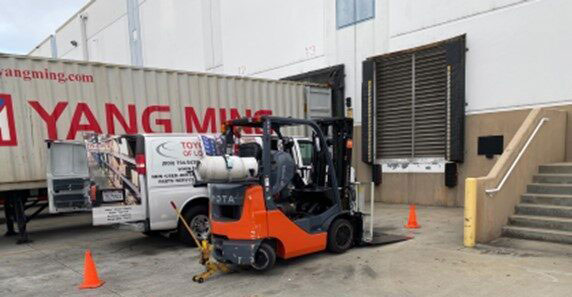Forklifts are powerful machines used in a wide range of industrial projects. As such, forklift operators must know the safety regulations mandated by the Occupational Safety and Health Administration (OSHA). This blog post will examine some essential safety tips when operating a forklift.
Forklift Training Requirements
First, all potential forklift operators must have up-to-date training. According to OSHA, an operator must have “demonstrated the ability to safely operate [the] type(s) of powered industrial truck(s) [they] will be operating” before being allowed to use one.
Training should include classroom instruction and hands-on experience with the specific make/model of forklift they will be using. Additionally, forklift operators need refresher courses every three years or whenever an operator changes employers or job duties.
Need training or fresher courses? Sign up for our forklift operator safety training class with hands-on instruction by Toyota-certified trainers.
Pre-Operation Inspections
Pre-operation inspections are also critical to ensuring your forklift is properly working and preventing potentially dangerous accidents on the job site. Every day, an approved individual should inspect the brakes, steering mechanisms, hydraulic systems, tires, mast chains/hooks/rollers, overhead guard assemblies, and other parts before allowing anyone to operate a forklift. Additionally, components such as lights, horns, mirrors, tires, and forks should be inspected daily before use to ensure no defects that may lead to an accident or injury while on the job.
OSHA Forklift Maintenance Rules
Forklifts must be maintained by following the manufacturer’s specifications and OSHA requirements. As we mentioned above, it is essential to regularly check all parts of the forklift for wear or damage that could affect its safe operation. It is also necessary to follow all manufacturer-recommended maintenance schedules for your machine; if something does not seem right during operation (e.g., strange noises or vibrations), have it inspected immediately by a qualified mechanic.
OSHA Forklift Maintenance Records
OSHA also requires employers to keep accurate records of maintenance work on each piece of equipment to protect their employees from unnecessary risks while on the job site.
Maximum Load Limits
Another critical regulation set forth by OSHA is that operators should never exceed the maximum load limit specified by the manufacturer or risk causing an accident or injury due to an overloaded machine.
Other Safety Guidelines
For their safety and those around them, all operators should adhere to specific guidelines while using their machines—such as never raising passengers off the ground without adequate fall protection measures or traveling faster than five mph on ramps or ten mph on level surfaces. They should also avoid making sudden stops or starts and refrain from driving up slopes greater than 15%. Finally, they should always remain vigilant while operating their vehicle; distractions can lead to severe injury or death if not avoided at all costs.
Forklift Safety Products
A safety-first mindset can help everyone in your facility stay safe and avoid injuries. Read about nine forklift safety products designed to improve workplace safety here.
Operating a forklift requires skill and focus—and adhering to OSHA safety rules is paramount to any successful job site operation involving these machines. While many factors are at play regarding keeping everyone safe while using a forklift, following these tips can ensure everyone on site remains safe throughout their workday. Proper training and due diligence following these guidelines can help keep your workplace accident-free!
Tags: forklift safety training, free resources
